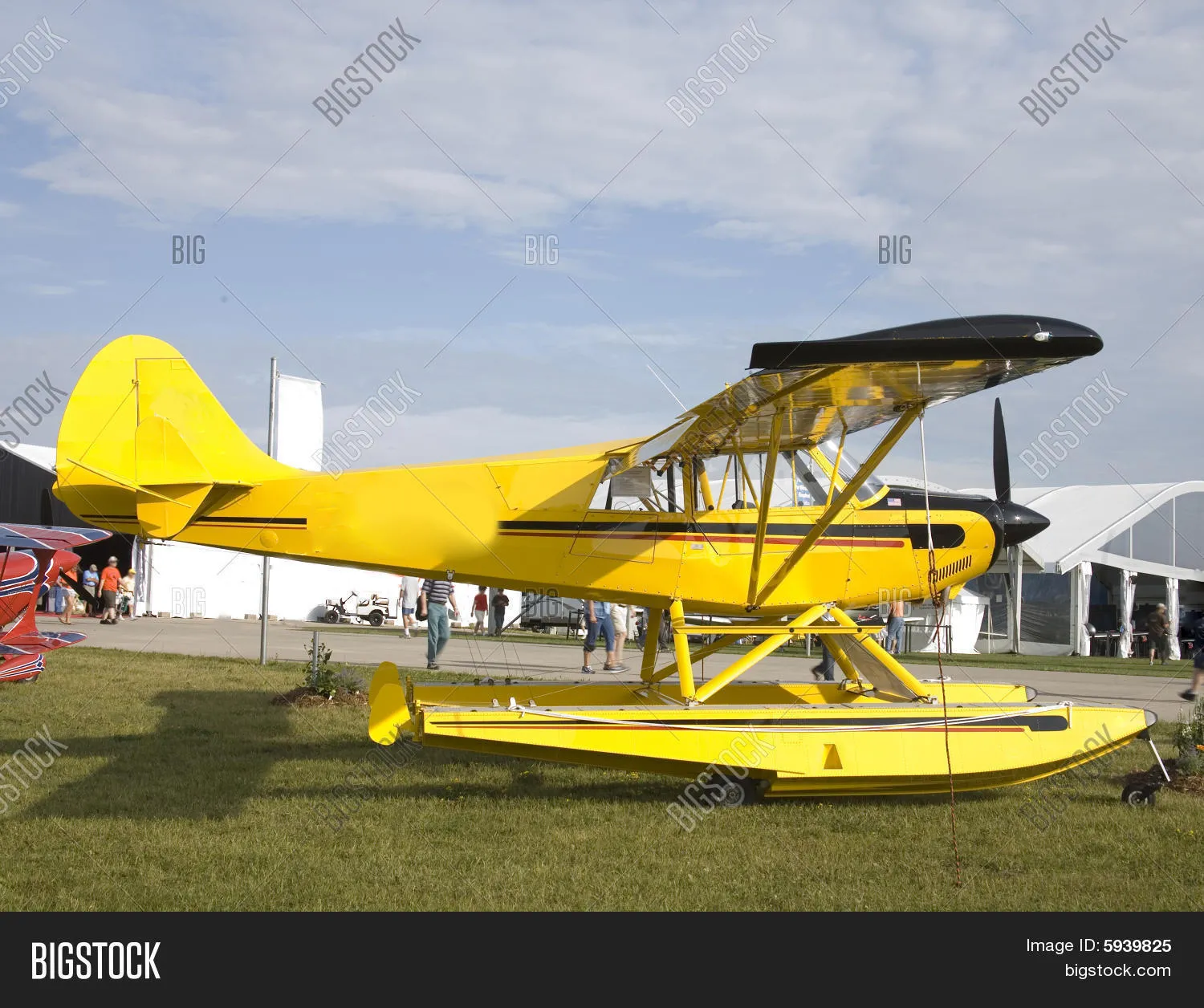What is a Diecast Float Plane
Diecast float planes are miniature replicas of aircraft designed to land on water. These models are typically made from diecast metal, a process where molten metal is poured into molds to create detailed and durable representations of real-life floatplanes. Collectors and enthusiasts are drawn to these models for their intricate details, historical significance, and the joy of owning a piece of aviation history. The appeal lies in the craftsmanship, the realistic features, and the connection to the adventurous spirit of seaplanes and floatplanes. Moreover, diecast float planes provide a tangible way to appreciate the evolution of aviation and the beauty of these unique aircraft designs, making them prized possessions for many.
Types of Diecast Float Planes
Diecast float planes come in various types, each representing a different aircraft model or era of aviation. Common types include classic seaplanes like the Grumman Goose, iconic flying boats like the Consolidated PBY Catalina, and modern floatplanes such as the De Havilland Canada DHC-2 Beaver. Collectors can find models that replicate military aircraft, commercial airliners adapted for water landings, and even experimental designs. The diversity of types allows collectors to focus on specific areas of interest, such as a particular manufacturer, a specific historical period, or even a certain geographic location. The range ensures there is a diecast float plane for every taste and interest within the aviation hobby.
Scale and Size
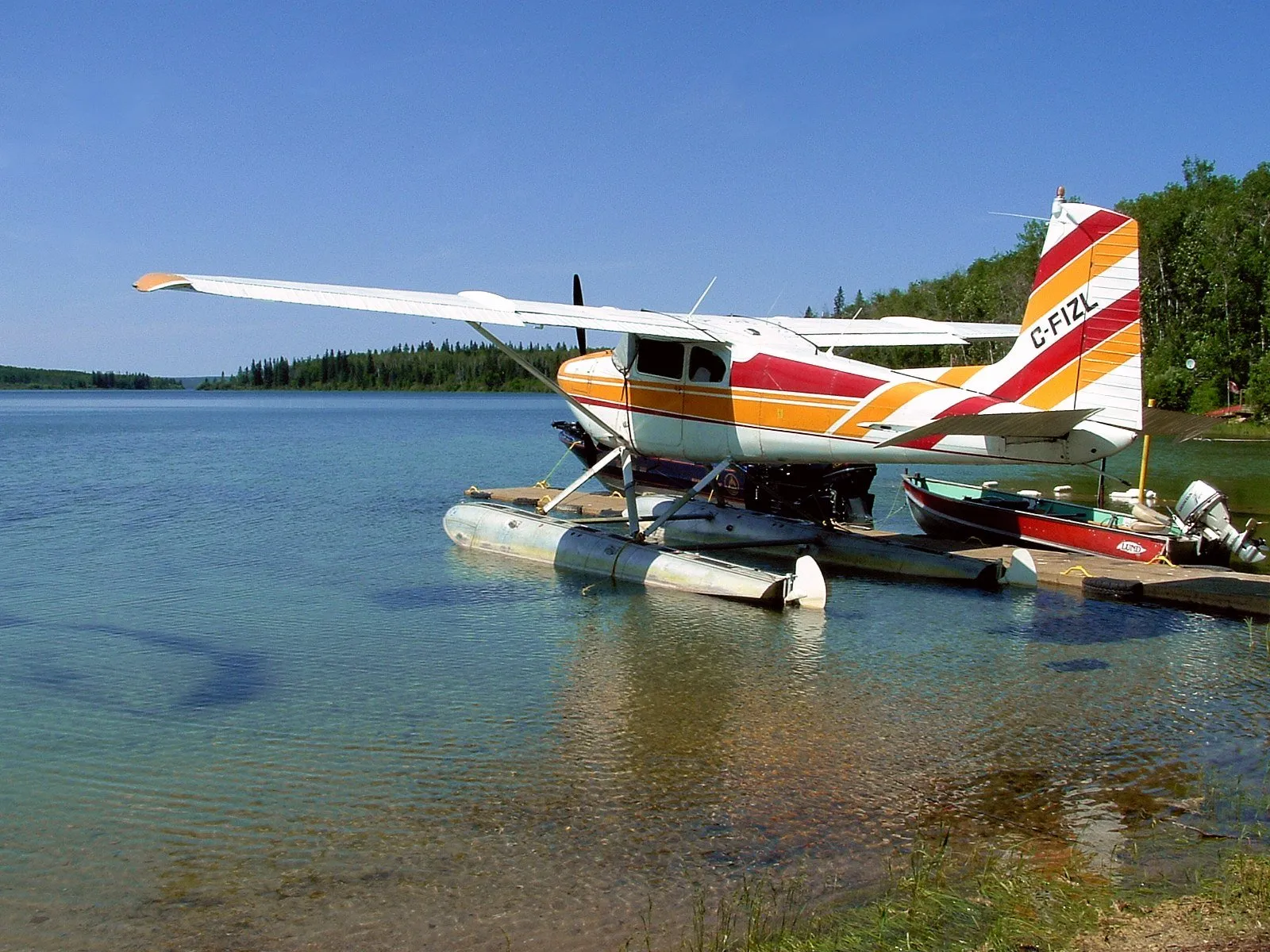
The scale and size of diecast float planes are crucial factors to consider when building a collection. Common scales include 1:72, 1:48, and 1:32, with each scale representing a different proportion of the actual aircraft size. Larger scales offer more detail but require more display space, while smaller scales are more compact but may have fewer intricate features. It is important to select a scale or a few scales and stick to it. Consistency in scale enhances the aesthetic appeal of a collection and allows for easy comparisons between different models. It’s a matter of personal preference and available space but is important for the overall presentation of the collection.
Material
Diecast float planes are primarily made from diecast metal, a zinc alloy that is known for its durability and ability to capture fine details. This metal allows manufacturers to create intricate designs and realistic features. Some models may incorporate plastic parts for components like propellers, landing gear, and certain exterior details. The combination of diecast metal and plastic offers a balance of weight, detail, and structural integrity. The use of diecast ensures that the models have a substantial feel and a high level of visual appeal, which appeals to collectors looking for quality and authenticity.
Detailed Features of Diecast Float Plane
The detailed features of diecast float planes are what set them apart from other types of model aircraft. These features include finely molded panel lines, rivet details, accurate cockpit interiors, detailed engines, and realistic paint schemes with accurate markings. Many models feature moving parts such as propellers, control surfaces, and even retractable floats, adding to their realism. High-quality models may also incorporate clear cockpit windows, detailed interiors, and authentic weathering effects. The attention to detail allows collectors to appreciate the engineering and design of the original aircraft and offers a sense of connection to aviation history and a superior collecting experience.
Brand and Manufacturer
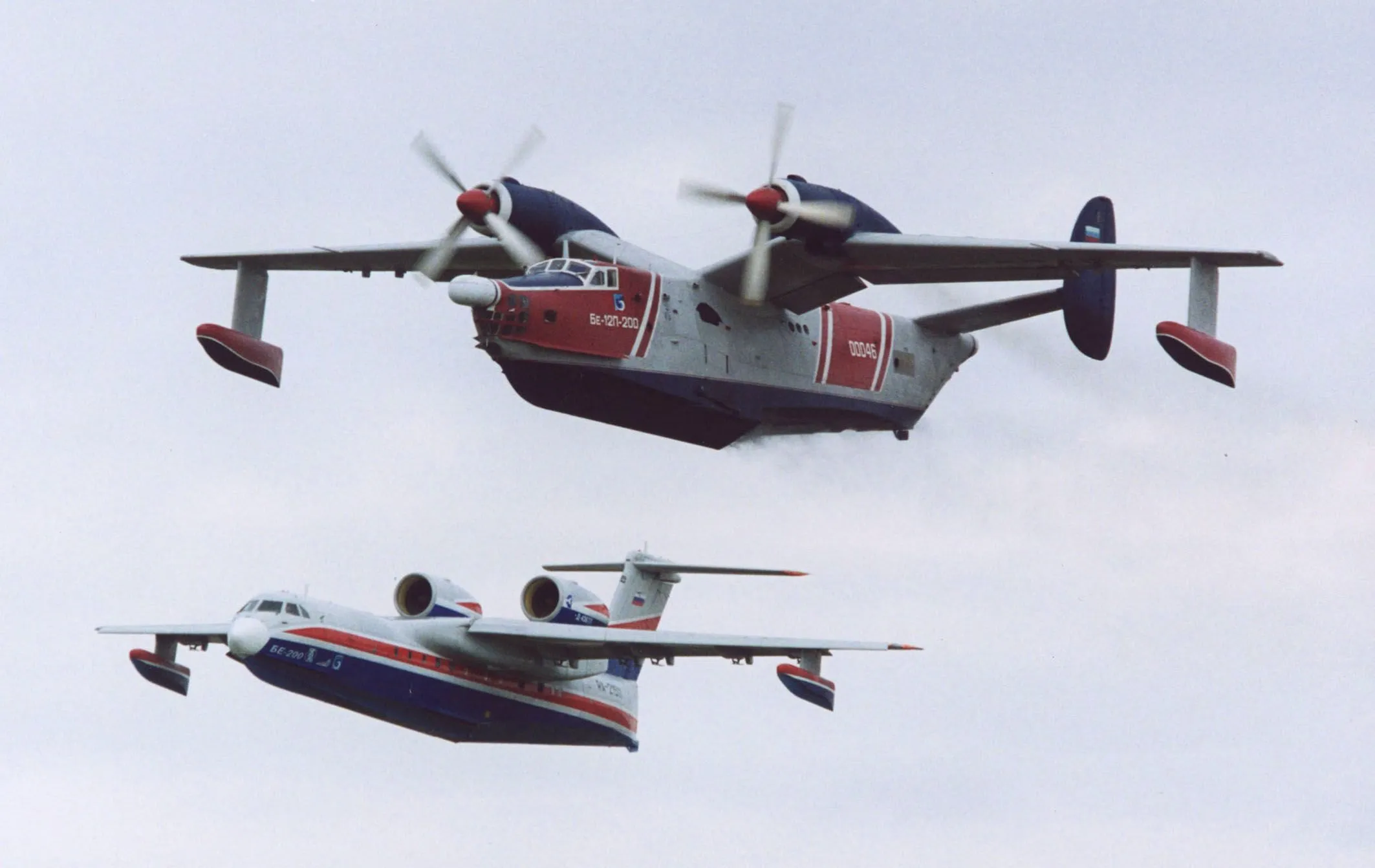
When selecting a diecast float plane, the brand and manufacturer are essential considerations. Reputable brands like Gemini Jets, Herpa, and Hobby Master are known for their high-quality models with accurate details and excellent craftsmanship. These manufacturers often produce models based on extensive research, ensuring their accuracy and historical relevance. When you buy from renowned brands, you are most likely to receive a product that offers durability and high quality. Researching brands and manufacturers will help make informed purchasing decisions and ensure the acquisition of models that meet collecting standards. Furthermore, focusing on reputable brands can protect collectors from potentially inferior products.
Where to Buy a Diecast Float Plane
Finding the best diecast float planes involves knowing where to look. Several options exist, from online retailers to specialty shops and auction sites. It is critical to compare prices and check the quality of the products before making a final decision. Considering the authenticity and the reputation of the seller is another significant factor. The right choice will depend on personal preferences and the particular models being sought. Whether looking for new releases or vintage models, the following options will help get the sought-after model.
Online Retailers
Online retailers are a convenient option for purchasing diecast float planes, offering a wide selection and competitive prices. Websites like Amazon, eBay, and dedicated model aircraft stores provide access to numerous models from various brands. When shopping online, compare prices, shipping costs, and seller ratings to ensure a positive buying experience. Moreover, check the seller’s return policy and customer reviews to gauge reliability. Online retailers provide the advantage of browsing from the comfort of one’s home and accessing detailed product descriptions and images. However, it is important to be cautious and vigilant to avoid issues such as counterfeit products or damaged items during shipping.
Specialty Shops
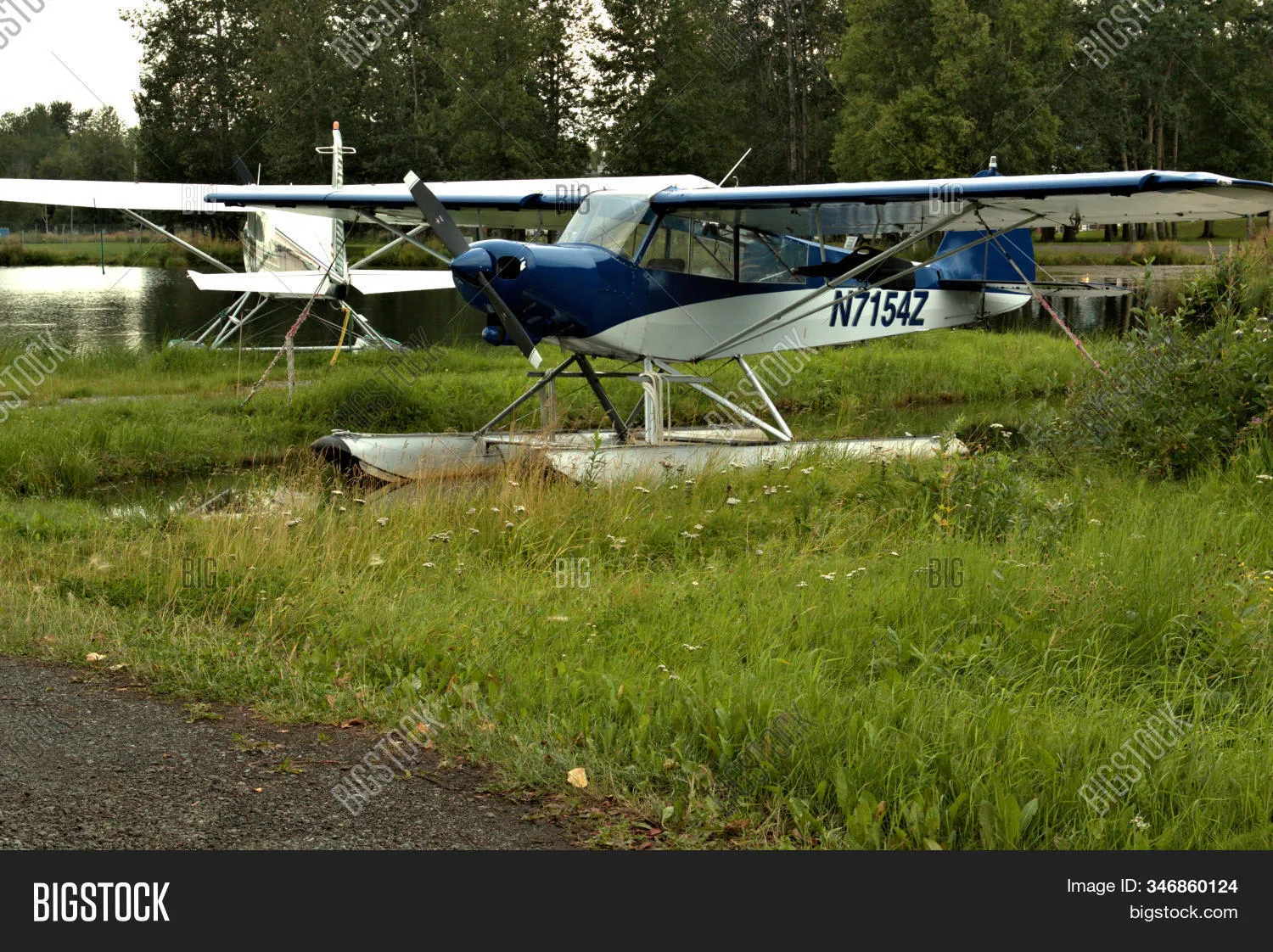
Specialty shops dedicated to model aircraft and collectibles offer a more personalized shopping experience. These stores often carry a curated selection of diecast float planes and provide expert advice. The staff is knowledgeable about different models, brands, and historical accuracy. Specialty shops also allow collectors to inspect models in person, assess their quality, and ask questions. Visiting a specialty shop is the best option for collectors looking for rare or limited-edition models. Building a relationship with a local specialty shop can also lead to advance notice of new releases and access to exclusive items, making them valuable resources for any collector.
Auctions and Collectors’ Markets
Auctions and collectors’ markets offer opportunities to find vintage or rare diecast float planes. Online auction platforms, such as eBay, and dedicated auction houses regularly feature collectible model aircraft. These venues can be a treasure trove for unique items. Collectors can often find models that are no longer in production or are otherwise difficult to acquire. It is very important to inspect the model carefully before bidding, taking into account the condition, authenticity, and any imperfections. Collectors should also set a budget and stick to it to avoid overspending. Auction sites and markets provide an excellent way to add unique and valuable pieces to any collection.
What to Consider Before Buying a Diecast Float Plane
Before purchasing a diecast float plane, consider several factors to ensure you acquire a model that meets your expectations and adds value to your collection. These factors include budget, condition, and the rarity and collectibility of the model. Understanding the budget will prevent overspending. Assessing the condition of the model is crucial, while rarity and collectibility can affect a model’s long-term value. Taking these factors into consideration will assist in making informed decisions and building a collection that reflects personal preferences and goals.
Budget
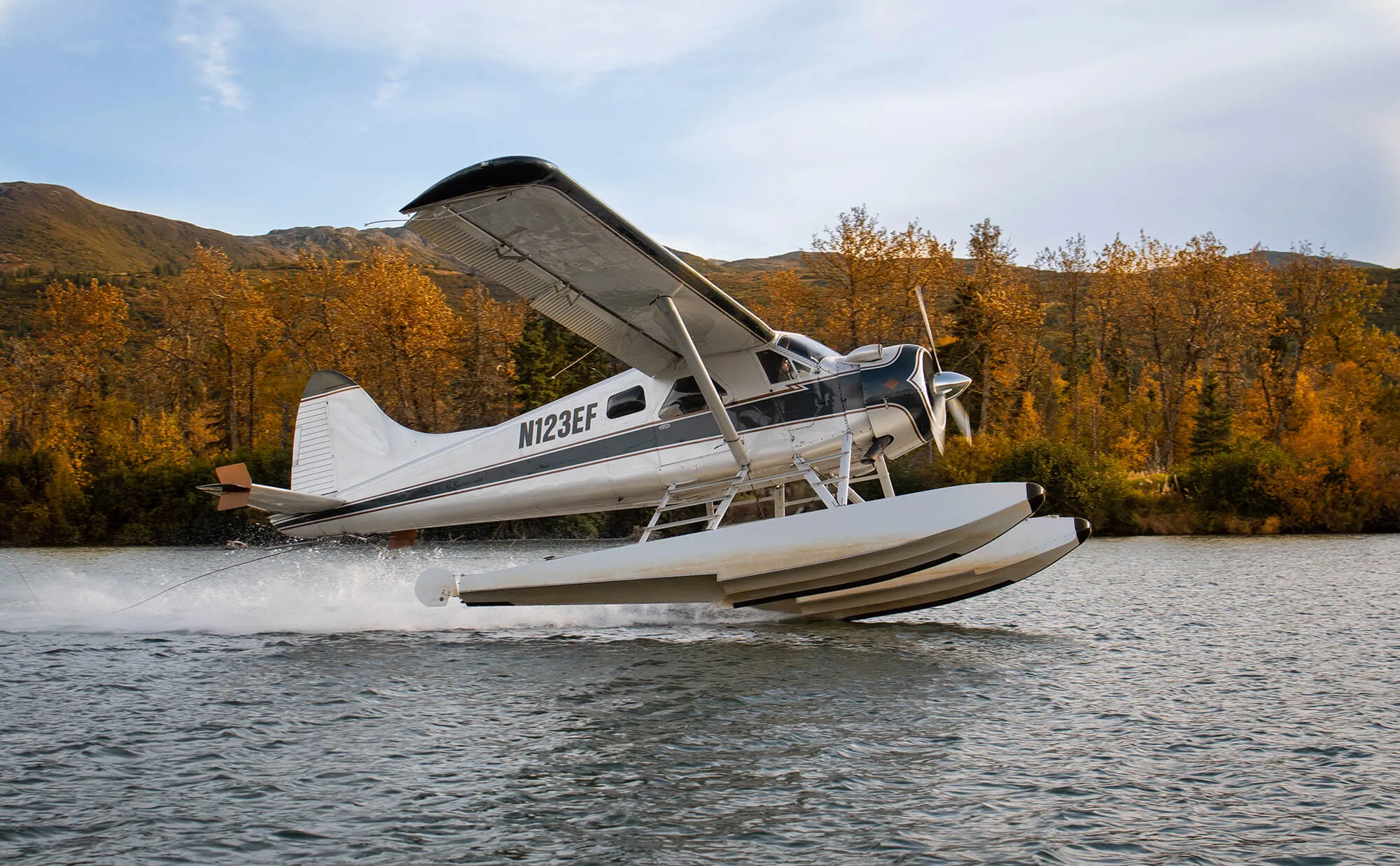
Setting a budget is essential before buying a diecast float plane. Prices for these models can vary significantly depending on the brand, scale, detail, and rarity. Determine how much you are willing to spend on each model and stick to your budget. Researching prices for similar models can help determine the fair value of the item. Consider factors such as shipping costs and potential import duties. Setting a budget prevents overspending and allows for a more strategic approach to building a collection. Planning and budget management are crucial for enjoying the hobby of collecting without financial strain.
Condition
The condition of a diecast float plane significantly impacts its value and appeal. Assess the model for any signs of damage, such as scratches, dents, or missing parts. Inspect the paint finish, decals, and moving parts for any imperfections. Models in mint condition, with original packaging, are typically more valuable than those with signs of wear and tear. It is advisable to examine the model carefully before purchasing, either in person or by requesting detailed photos from the seller. Understanding the condition is key to making an informed decision and assessing the potential investment value of the model.
Rarity and Collectibility
The rarity and collectibility of a diecast float plane significantly influence its value and desirability. Limited-edition models, those with unique paint schemes or historical significance, and models that are out of production are often more valuable. Researching the model’s history, production run, and any special features will help determine its rarity. Consider the manufacturer’s reputation and the model’s overall appeal among collectors. Rarity and collectibility can add significant value to a collection. Understanding these factors is essential for making informed decisions and investing in models that are likely to appreciate in value over time.
Top Diecast Float Plane Brands

Several brands are renowned for producing high-quality diecast float planes. Gemini Jets, Herpa, and Hobby Master are among the most respected brands, known for their detailed models, accurate markings, and high-quality construction. These manufacturers offer a wide variety of models, from commercial airliners to military aircraft, catering to diverse collecting interests. Other brands such as InFlight and JC Wings are also highly regarded for their detailed models and commitment to quality. Researching these brands and comparing their offerings can assist in making informed purchasing decisions. Choosing models from reputable brands will ensure the collection’s value and enjoyment.
Tips for Maintaining Your Diecast Float Plane Collection
Maintaining a diecast float plane collection requires care and attention to ensure the models remain in excellent condition and retain their value. Regular maintenance, proper display, and protection from damage are essential. Following these tips will help preserve the beauty and value of any collection.
Displaying Your Collection
Proper display is crucial for showcasing and protecting your diecast float plane collection. Use display cases or shelves to keep models dust-free and safe from accidental damage. Consider arranging the models by brand, type, or historical period for an appealing presentation. Avoid direct sunlight, which can fade the paint and damage the decals. Displaying the collection in a well-lit area allows collectors to appreciate the models’ details and allows them to showcase their passion for aviation. Regularly cleaning and maintaining the display area is also important for maintaining the collection’s aesthetic appeal.
Cleaning and Care

Regular cleaning and care will keep the diecast float planes in pristine condition. Dust the models regularly with a soft brush or a microfiber cloth to prevent dust buildup. Avoid using harsh chemicals or abrasive cleaners, which can damage the paint finish and decals. Use mild soap and water if needed and dry the models thoroughly before returning them to their display. Handle the models with care, and avoid touching the surfaces unnecessarily to prevent fingerprints and smudges. Consistent cleaning and care are vital for preserving their appearance and value.
Protecting Your Models
Protecting your diecast float plane models from damage is essential for preserving their value. Store the models in a cool, dry place away from direct sunlight and extreme temperatures. Use display cases or protective covers to shield them from dust, dirt, and accidental bumps. Handle the models carefully, and avoid dropping them or exposing them to harsh conditions. Consider insuring valuable models against damage or theft. By taking these protective measures, you can safeguard your collection and ensure that the models remain in excellent condition for years to come.
Conclusion
Diecast float planes provide an excellent way to appreciate aviation history and enjoy a rewarding hobby. Understanding the different types of models, where to find them, and how to maintain them will enhance the collecting experience. Whether an experienced collector or new to the hobby, the journey of finding and caring for these miniature masterpieces can be immensely satisfying. Diecast float planes offer a captivating blend of craftsmanship, history, and the enduring spirit of flight, making them a valuable addition to any collection.
